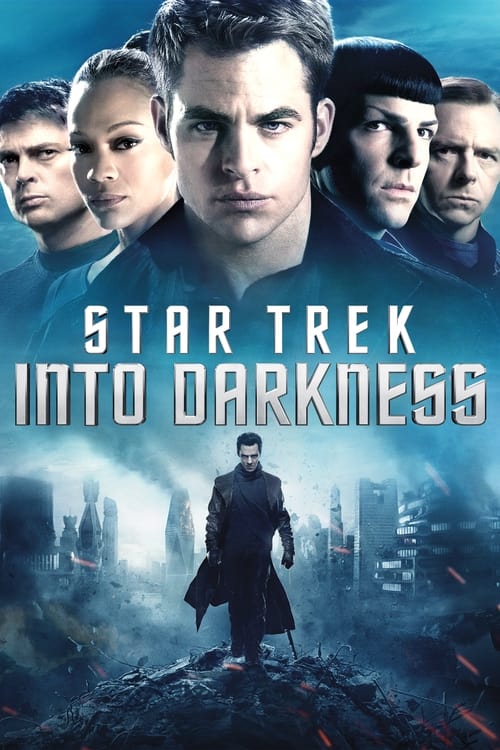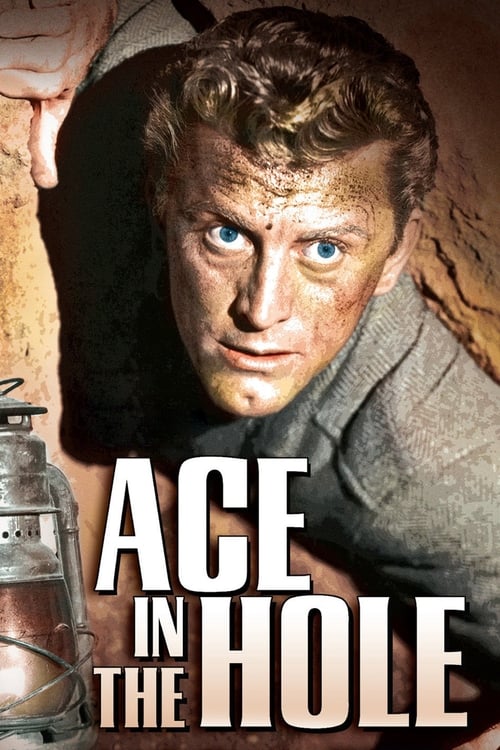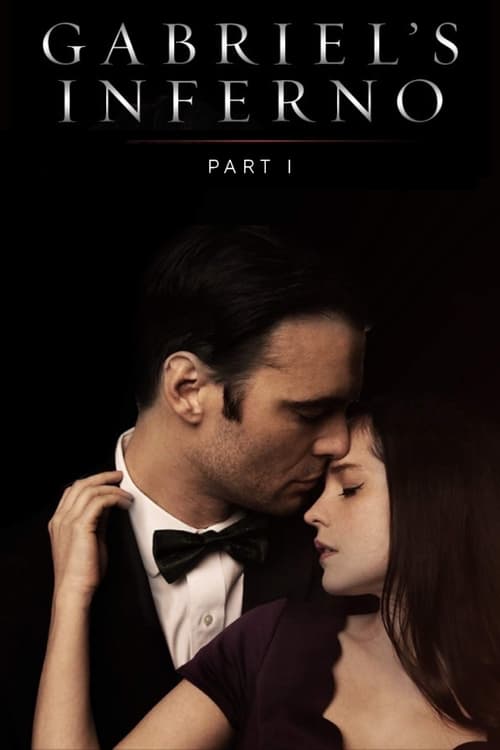
Star Trek Into Darkness
When the crew of the Enterprise is called back home, they find an unstoppable force of terror from within their own organization has detonated the fleet and everything it stands for, leaving our world in a state of crisis. With a personal score to settle, Captain Kirk leads a manhunt to a war-zone world to capture a one man weapon of mass destruction. As our heroes are propelled into an epic chess game of life and death, love will be challenged, friendships will be torn apart, and sacrifices must be made for the only family Kirk has left: his crew.
Dialogues from Movie Star Trek Into Darkness
Quotes from Movie Star Trek Into Darkness
Sound Tracks from Star Trek Into Darkness by Michael Giacchino
London Calling
London Calling by The Clash, Played during the scene that showcases the destruction of London.
Sledgehammer
Sledgehammer by Peter Gabriel, Used in promotional trailers, contributing to the film's marketing.
Download App
Memorable Scenes from Movie Star Trek Into Darkness
The Destruction of Vulcan
In this devastating scene, the crew of the USS Enterprise witnesses the destruction of Vulcan by the villain, Nero. The tension builds as Spock tries to save his home planet but ultimately fails. The visuals of Vulcan's temple crumbling and the anguished expressions on Spock's face emphasize the tragedy. This moment marks a turning point in the film that shifts the emotional tone and sets up a quest for justice against Nero's actions.
Context: This event establishes the stakes for Spock and the crew, highlighting the personal loss they face as well as the broader consequences of intergalactic conflict.
Kirk's Sacrifice
Captain Kirk must confront Khan, who has taken the lives of many Starfleet officers. In a climactic moment, Kirk realizes that the only way to stop Khan is to sacrifice himself for the greater good. The moment is accentuated by the intense score, and Kirk's resignation to his fate is palpable. This highlights his growth as a leader willing to put others before himself, altering the dynamics of his relationship with Spock.
Context: Kirk's character has evolved from a reckless cadet to a responsible captain, and this decision showcases his commitment to his crew.
Spock's Emotional Breakdown
After witnessing the loss of his mother during the destruction of Vulcan, Spock struggles to contain his emotions. In a pivotal scene, he confronts Kirk about the importance of understanding humanity and emotions. The dialogue here conveys his internal conflict and the struggle between his Vulcan heritage and human emotions. The moment evokes empathy as audiences witness Spock's vulnerability.
Context: This internal struggle offers depth to Spock's character and reinforces the theme of identity and sacrifice.
The Reveal of Khan
When Khan reveals his true identity, it is a massive twist that reshapes the entire narrative structure. The tension in the room is palpable as the truth about Khan's strength, intelligence, and motivations comes to light. The dramatic revelation not only shifts the direction of the plot but also adds layers of moral ambiguity about good and evil.
Context: This moment complicates the characters’ motivations, particularly Kirk's as he grapples with how to handle such a formidable foe.
Harrison's Escape
In a thrilling action sequence, Khan aka Harrison escapes from his captors, showcasing his superhuman abilities. The scene is fast-paced, filled with adrenaline, and reveals the extent of Khan's powers. As Kirk and his crew pursue him, the stakes rise, presenting a formidable antagonist who is not easily defeated.
Context: This action heightens suspense in the film while showcasing the danger the crew is up against.
The Death of Admiral Pike
Admiral Pike's death is a heart-wrenching moment. As he sacrifices himself to save Kirk and Spock, the emotional weight is heavy. His final words resonate deeply, underscoring the importance of mentorship and friendship. This loss fuels Kirk's motivation to defeat Khan, changing his character's path.
Context: The relationship between Pike and Kirk serves as a vital emotional anchor in the film.
Spock's 'Khan!' Moment
When Spock shouts 'Khan!' in anger after witnessing Pike's death, the scene captures his emotional outburst and determination for revenge. The intensity of his voice and the visuals heighten the tension, making it a memorable character moment that shows the struggle between his Vulcan logic and human emotions.
Context: This moment underscores Spock's deep sense of loyalty and the personal stakes involved.
The Battle for the Enterprise
During the climax, the USS Enterprise faces off against Khan's ship, and the tension mounts as Kirk makes tactical decisions to save his crew. The visuals of the space battle, combined with the high stakes, create an exhilarating feel. This not only showcases Kirk's leadership but also emphasizes his growth throughout the film.
Context: This battle unites the crew and shows teamwork in the face of adversity, a recurring theme in the Star Trek series.
The Epiphany in the Engine Room
In a quiet moment in the engine room, Kirk recognizes that he must use Khan's blood to save Spock, who has sustained grave injuries. The realization strikes him with clarity; this scene showcases Kirk's strategic thinking and willingness to sacrifice. The tension builds as he considers the moral implications of using Khan to save his friend.
Context: This moment underscores the theme of sacrifice for friendship and loyalty.
Spock and Uhura’s Relationship
Spock and Uhura have a heart-to-heart moment where they discuss the implications of Spock's choices affecting their relationship. It's filled with emotional nuance and vulnerability, opening up dialogue about love and sacrifice amidst the chaos of their missions. This enriches both characters and reflects the film's exploration of personal connections.
Context: Their relationship struggles provide depth to both characters and highlight the theme of personal vs. professional life.
Kirk's Regeneration
After being exposed to Khan's blood, Kirk experiences a miraculous recovery, highlighting themes of sacrifice and renewal. The tension shifts from despair to hope, and this pivotal moment showcases how interconnected the characters and their fates are. The visuals of Kirk awakening serve as a powerful reminder of resilience.
Context: This moment signifies the importance of friendships that transcend life and death.
The Final Confrontation with Khan
As Kirk faces Khan one last time, the stakes couldn’t be higher. The dialogue between them reveals their conflicting ideologies, and the battle becomes both physical and moral. The visual approach creates a stunning choreography, balancing action with deep emotional stakes. This confrontation encapsulates the struggle of intelligence versus brute force.
Context: This moment represents the culmination of the film's conflicts, solidifying the message of the series.
Gravity on Earth Returns
As the USS Enterprise lands on Earth, the visual storytelling of the ship's return is filled with awe and relief. It evokes a sense of homecoming, which resonates deeply with the audience. The crew's faces tell stories of triumph, loss, and what they have endured. This moment signifies completion and hope for the future.
Context: This scene emphasizes the theme of exploration and the journey home, a core aspect of Star Trek.
The Rebuilding After Loss
After the final battle, the crew comes together to rebuild and reflect on their losses. This poignant moment shows characters processing grief and looking ahead. There's a powerful sense of hope within the rebuilding metaphor, which serves as a reminder of resilience in times of adversity.
Context: This reflects core themes of Star Trek regarding unity and the strength of community.
Kirk's Speech to the Crew
Kirk gives an inspiring speech to the crew about courage and perseverance. The heightened visuals and swells of music create an emotional atmosphere. His words galvanize the crew, reaffirming their dedication to exploring the unknown together. This scene symbolizes unity and the power of leadership.
Context: This moment encapsulates the strengths of teamwork and the spirit of exploration that defines Star Trek.
Spock's Tribute to Kirk
At the film's conclusion, Spock stands in front of Kirk's memorial. His deep reflection and grief evoke powerful emotions, revealing the depth of their friendship. This scene resonates as it captures the essence of what they've endured together, while also propelling Spock’s character forward.
Context: This moment reminds audiences of the sacrifices made and how they shape the present.
The Moment of Forgiveness
After a tumultuous journey, Khan expresses remorse for his actions. Spock, in a rare moment of understanding, allows a dialogue about redemption. The visuals of their exchange highlight the complexity of good and evil. The scene evokes a range of emotions as it tackles themes of forgiveness and understanding.
Context: This moment adds nuance to the villain’s character, showcasing complex moral landscapes.
The Arrival at Starfleet Headquarters
The crew arrives at Starfleet Headquarters, filled with respect and admiration. The visuals capture the grandeur of the location, creating an atmosphere of hope and anticipation. This signifies not just a return, but a new beginning for the crew as they prepare for future adventures.
Context: This moment is a celebration of their unity and commitment to exploration.
Uplifting the Federation
In the midst of chaos, Kirk inspires the crew and the allies of the Federation to come together. The call to action is powerful, as it emphasizes collaboration for a common purpose. The visuals of diverse characters joining the fight evoke a strong sense of collective strength.
Context: This scene embodies the essence of Star Trek's philosophy of unity and collaboration.
The Communion of Friendship
As the crew enjoys a peaceful moment together after the turmoil, they share stories and laughs, showcasing their bonds. This light-hearted scene serves as a breather from the intense drama, emphasizing the importance of camaraderie and connection in their journey.
Context: This highlights the theme of friendship amidst the vastness of space and adversity.
Spock's Self-Discovery
Spock takes a moment to reflect on his identity and the leanings from his experiences with Kirk. This introspective moment showcases growth and self-realization, creating an emotional connection between him and the audience. The visuals capture his pensive demeanor, drawing viewers into his psychological journey.
Context: This journey of self-discovery deepens the narrative’s exploration of identity.
Exploration of the Unknown
In a melodic scene reflecting on the mission ahead, the crew gazes out at the stars. The visuals of the galaxies evoke awe and wonder, accompanied by a powerful score. It's a bittersweet moment reflecting on past sacrifices yet looking forward to new adventures, invoking a sense of hope.
Context: This encapsulates the spirit of exploration that lies at the heart of Star Trek.
The Legacy of the Enterprise
In the final credits, a montage of the USS Enterprise in action highlights its legacy. This ties together personal stories with the ship's symbol of exploration, evoking nostalgia for both the characters and the audience. The emotional weight of the visuals resonates deeply as the crew continues their journey into the stars.
Context: The Enterprise represents not just the ship but the joint mission of friendship, exploration, and resilience.
Download App












